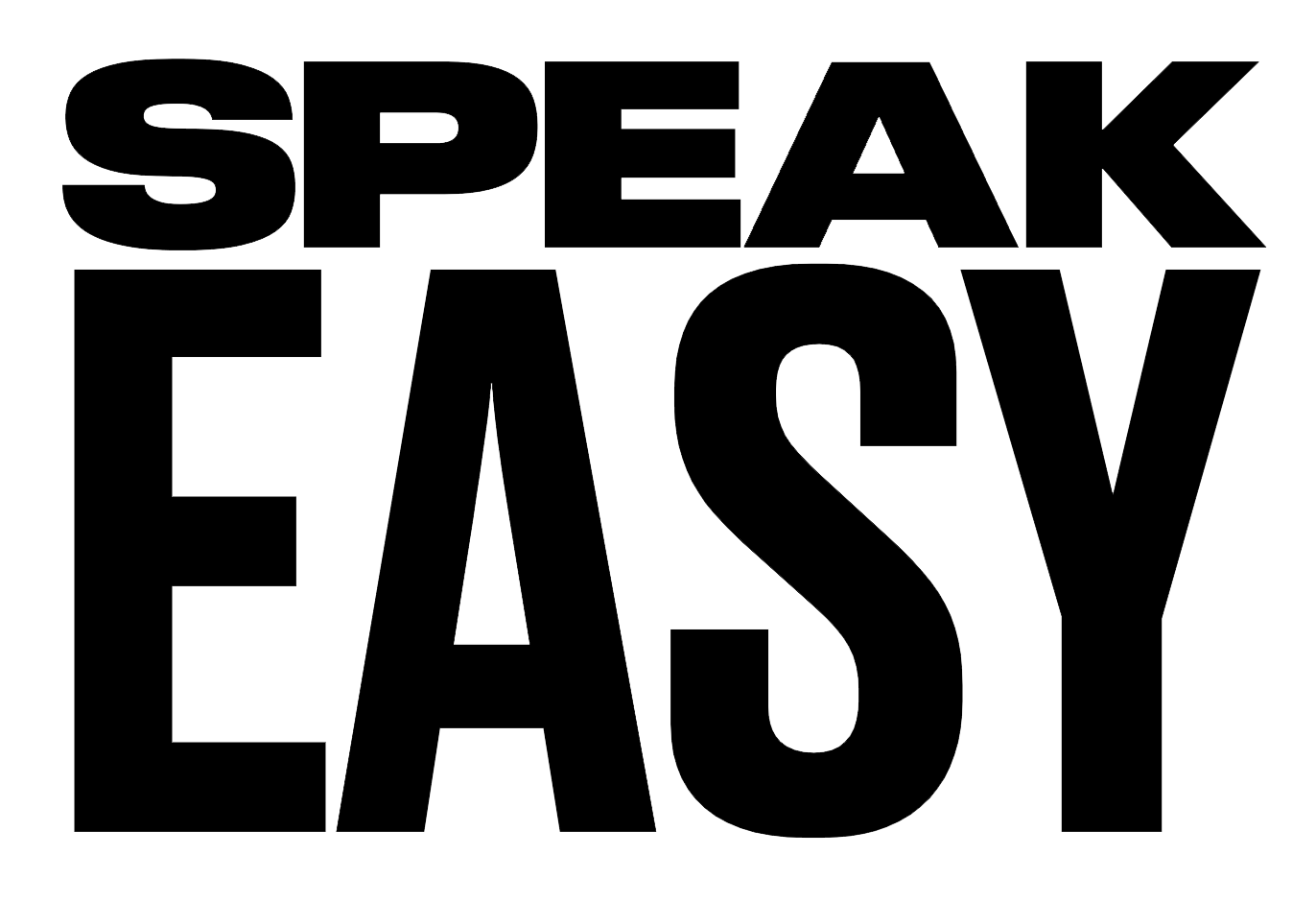WordPress CMS Glossary
Glossary of terms for the WordPress Content Management System
See how We Are Volume can help with your next Wordpress Project, Click here
WordPress CMS
JPG, PNG, GIF, WebP and SVG
JPG, PNG, GIF, WebP and SVG are all image file formats. While similar (they display images) each has a time and place, and I would suggest you read this article on which image file type to use to better understand each formats’ purpose.
WordPress CMS
Menu
The Menu is a collection of links to help visitors navigate your site. Often they include links to the most important pages on yoru site or any other content you want to highlight. Menus can have multiple locations, but typically you’ll find a main menu at the top of a website – on WPExplorer our’s […]
WordPress CMS
Meta
Meta refers to key information about your content. Meta Tags are used to help search engines or social platforms determine what your is website and what your post is about. This can include the post author, when your post was published, how many comments there are etc.
WordPress CMS
Permalink or Slug
A permalink (short for “permanent link”) is the URL for a blog post or web page. When you share posts or pages with other people, the permalink is the web address that you’re sharing. You can checkout our blog post to learn more about improving permalinks.
Uncategorized
Plugin
Plugins are a type of software that extend functionality or add specific features to other software. WordPress has tons of plugins available from third-party developers that you can use on the website, from shopping to image galleries to contact forms, etc.
Uncategorized
Post Type
A Post Type is a way to structure content on your website. For example, “blog” is a post type as is “staff” or “portfolio.” It’s an easy way to differentiate content, and often your theme will style post types according to their purpose. Using the same example, post types could be styled so a blog […]
Uncategorized
SEO
This acronym is short for Search Engine Optimization. Basically, SEO is making sure your website shows up in search results instead of being lost in the ether – which means more site visitors. You can improve your WordPress SEO by using relevant tags, categories and keywords in your posts and headlines, and by writing headlines […]
Uncategorized
SEO Friendly URL Slugs
A slug is the part of the URL that contains the name of the post. It’s often just a few words long, intended to describe what the post is about. WordPress automatically uses the post’s title as the slug, but you can edit the slug if necessary.
Uncategorized
Shortcode
Shortcodes are essentially macros, or sets of programming instructions designed to do things automatically, leading to reduced time and effort on your part (and no need for coding, either). In other words, shortcodes are shortcuts. In WordPress blogs, some themes contain shortcodes that you can use to format your content – for example, to add […]
Uncategorized
Sidebar
Sidebars show supporting content on a post or page.
Uncategorized
Slider
Sliders are small image galleries designed so that each image is displayed for several seconds before moving on (or sliding) to the next image. Many include links to blog posts or other content. WordPress has dozens of slider plugins available, some of which are often included in premium themes. We’ve talked about the best slider […]
Uncategorized
Spam
Spam on WordPress sites is typically in the form of junk comments or contact form submissions. These are often loaded with links and unsolicited ads, and can come in by the hundreds thanks to bots. But thankfully this is easily prevented with an anti-spam plugin.
Uncategorized
SSL
SSL is an abbreviation for Secure Sockets Layer, which is a secure way to connect and authenticate communication between your website server and a site visitor’s computer. Having SSL is also what adds the “s” to https in your site URL. Currently, most modern browsers (like Chrome and Firefox) require all websites to have valid […]
Uncategorized
Theme
A Theme is the front end design of your blog, sometimes known as the skin. It contains your color scheme, fonts, content layouts and more. Most premium WordPress themes allow significant customization and are built to be compatible with popular plugins.
Uncategorized
Trackback and Ping
Trackbacks are notifications for website authors that let them know when somebody links to their content. A Ping is a network signal that sends a trackback. Trackbacks can help facilitate communication between blogs. Trackbacks are sometimes used to insert spam links, so if you use the trackback feature you should consider using special trackback spam […]
Uncategorized
User Roles and Permissions
User Roles are a way to differentiate people accessing your website. You as the site own will typically be an Super Administrator, but there are other roles for Admins, Editors, Authors, Contributors and Subscribers (you can learn more about managing your WordPress user roles in our guide). Permissions are security settings that are assigned to […]
Uncategorized
Widget
Widgets are small components that display specific information or perform a specific function. Some examples are a list of blog categories, a calendar, a weather app, tag clouds, search or socials. There are tons of things widgets can do! In WordPress, widgets are used to add content and features to your Widget Areas such as […]
Uncategorized
WordPress Menu
When you hover on a main menu link if your see additional links appear below it that is a Dropdown Menu, and it’s a great way to showcase supporting information and links. In WordPress you can create menus pretty easily, and there are built-in settings to assign menus to specific locations (for example, main menu, […]

